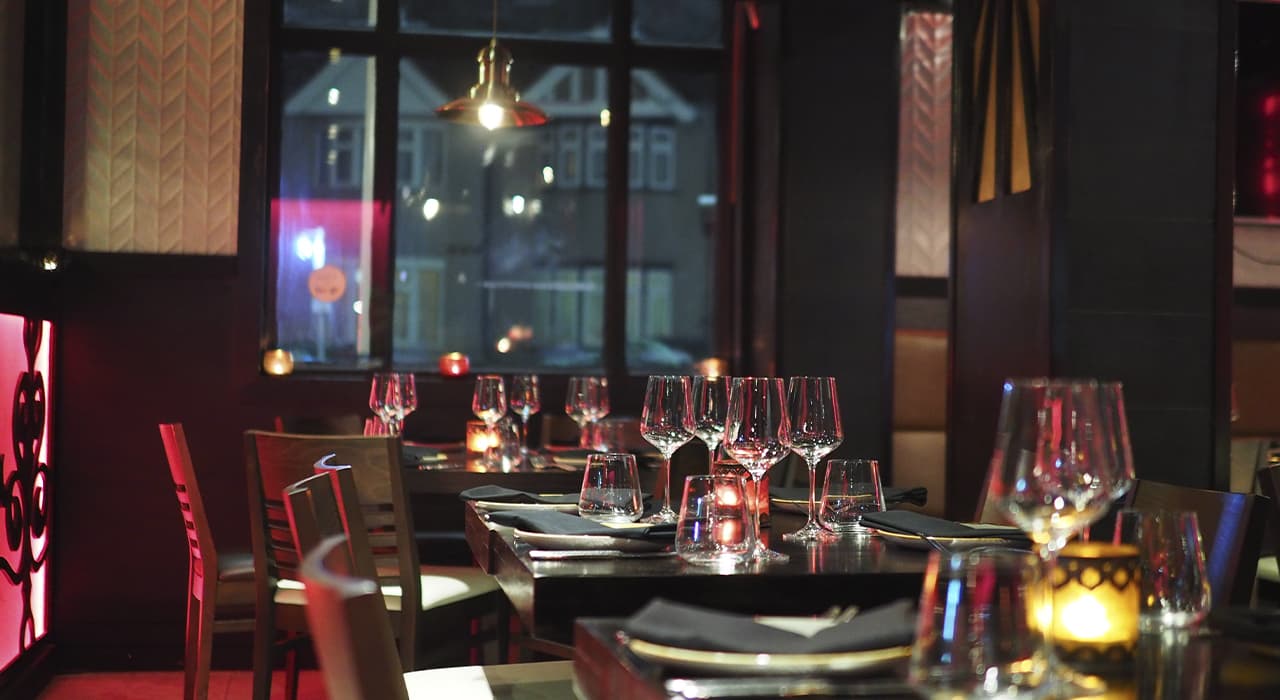
Restaurant (from Fr. restaurer, restore, fix) – an establishment that sells ready-to-eat food and drinks to order for consumption on the spot.
Restaurant business – entrepreneurial activity with own or borrowed funds at your own risk and under your own responsibility, in the field of restaurant business. Like any other business, the restaurant business requires a business plan, management, market research and developing its own strategy.
With potential diners in mind, a restaurant profile is developed.
What is a restaurant profile?
The profile of a restaurant is defined by its concept, which characterizes its image related to a particular market segment: casual, children’s, ethnic, etc.
The concept must meet the peculiarities of a particular area, which determines the design of the institution, the menu and other things.
Of course, for the successful functioning of the restaurant institution is important quality of food, menu, level of service, price, atmosphere, management, but most important is the location.
Among the main criteria by which a location for a restaurant is chosen are the following categories:
- demographics – how many people live, or come, in a given area (a neighborhood that is within the service radius of the establishment);
- the average income level of that population;
- whether the area is a developing area or declining, which affects its infrastructure (sewage, drainage, etc.)
- convenience and accessibility in terms of transport connections and parking options;
- catchiness – whether the restaurant is easy to see and distinguish among other similar establishments;
- attractiveness – how welcoming the establishment will seem to passersby and passers-by;
- location – how pleasant the surrounding structures seem.
There is no single, internationally accepted classification of restaurants. In Britain, for example, as well as regarding hotels, there are 5 levels. Instead of stars they use a sign: “crossed knife and fork”.
According to the established requirements are assessed comfort, convenience, cuisine, service and atmosphere. A modestly decorated restaurant with courteous staff can expect one distinction, while an international-class restaurant that meets many requirements will receive 5 distinctions.
Restaurants, like hotels, are reviewed anonymously. Owners are not charged for inclusion in a directory or guidebook. Only the inspector’s rating is important. In other countries, the approaches differ. However, most experts agree that the vast majority of restaurants fall into one of two categories: full-service and specialized. Other categories include quick-service restaurants, restaurants that specialize in dining out, restaurants for special events, casual, national and others.
Full-service restaurants are those that offer a wide variety of dishes (at least 15), almost everything that is served (up to and including fresh herbs) is grown at the restaurant establishment itself.
Full-service restaurants can be formal or informal, and can be classified by price, atmosphere and the menu on offer. The dishes that are prepared in most such restaurants fall into the category of haute cuisines. More often than not the traditions of French or Italian cuisine flourish there, which according to Western gourmets are the best in the world. Most full-service restaurants are privately owned. They are distinguished by an atmosphere of luxury, exquisite and fashionable design, and a high level of service. Sometimes they are attached to hotels.
The specialization of restaurants can be very diverse: quick service, family, casual and others. Restaurants can also specialize in the preparation of national dishes, breakfasts, lunches, and so on. Quick service restaurants offer menus that are limited to hamburgers, fried potatoes, hot dogs, chicken, different fish and national dishes like Mexican tacos, Italian pizza, Ukrainian varenyky, etc.
Standardization of the menu allows for much faster service. In many of them, visitors even put food and remove dishes themselves, which allows to reduce the cost of food. As a rule, a quick-service restaurant specializes in the preparation of one main dish.